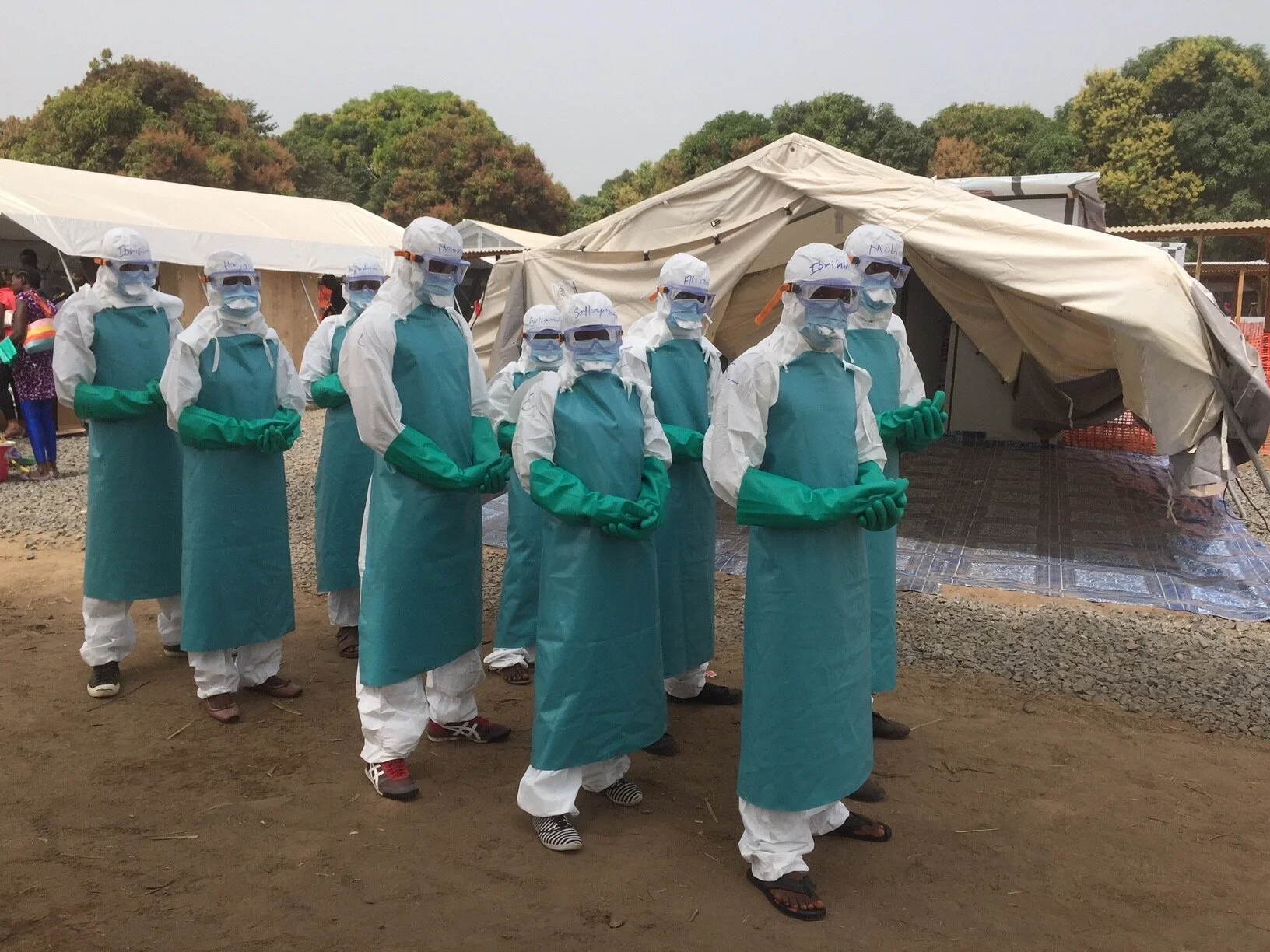From the Frontlines: What Doctors Learn
Allan Freedman, Co-author
As a pediatrician attending the emergency room and hospital ward, like most clinicians across the range of medical specialties, I have spent plenty of time preparing and responding to covid-19. That’s a big problem.
With rapid speed, doctors have transitioned the health system from caring for the spectrum of conditions and diseases to defending against a single, pernicious virus. Adult emergency room physicians, check. Intensive care unit personnel, check. But dermatologists, general practitioners, and ophthalmologists, too?
In the current covid paradigm, all patients pose a potentially catastrophic risk. No amount of personal protective equipment and novel therapeutics will suffice. We have elevated the nightmare of covid-19 far beyond its reality, creating a new care-standard, that is more fear-based than scientific.
This new care standard is resulting in grave deterioration of patient care. Within the mother-baby continuum in which I specialize, women in active labor are routinely tested for covid-19. So far so good. But when their tests come back negative, health staff continue to follow covid protocols, in effect turning the birthing process into an acute emergency.
Upon emergence, the newborn is swiftly thrust onto the mom or a cart, as if it is an infected. A top down view would reveal paper and plastic covered characters congregated around a single, naked vulnerable woman in stirrups, a scene straight out of a low budget sci-fi horror film. There is little shared joy.
Last week, we had a case of sudden infant death syndrome in a three-day old baby with subtle respiratory anomalies. The mother and child, in the pre-covid era, would have been observed in the hospital for at least 48 hours. Under the new care standard, the baby and mother were discharged at 24. The mother had instructions for follow up the next day with a physician, who was unavailable. For two days she sought another pediatrician but could not find one. The day after that she called to say that her baby had died. I can’t help but wonder if our new covid-19 provider-centric lens contributed to the baby’s death.
What is the solution? How do we address the entirely understandable fear of doctors and nurses with an approach that is evidence and science based?
First, we have to standardize the use of personal protection equipment outside of patient care areas. The inconsistent donning of PPE by health care professionals reveals institutional confusion about what constitutes staff protection. All medical staff should refrain from wearing PPE beyond surgical mask outside direct patient care areas. This implies they have not « doffed » correctly and are possibly a source of infection. Similarly, non-medical personnel should not wear N-95 masks, as they are not in direct line of exposure.
Second, dose matters and adult emergency room and surgical protocols should be different than uncomplicated obstetric delivery and primary care protocols. For spontaneous vaginal deliveries, the fact that covid-19 does not travel in amniotic fluid or umbilical cord blood means staff can revert to protection protocols before covid-19. For GP’s caring for patients without respiratory symptoms, standard precautions of hand washing will do.
One contracts covid-19 while taking off PPE, which must be done carefully.. We know this from Ebola.
Third, we should follow long established international protocols around pandemics to design physical layouts for hospitals to more effectively control covid-19 risk. Care areas for patients with respiratory symptoms should be divided into cold and hot zones. Care providers don full and appropriate PPE and do all of their work over a three to four-hour period in the hot zone. They don’t go in and out, wasting precious PPE and contributing to infection spread. When they are out, they stay out in the non-infectious cold zone to rest, until they are ready to return to clinical care one last time before end of shift.
Fourth, we should adapt hospital electronic medical records to connect patient data with public health monitoring and tracking efforts. Until providers and the public see reliable decline in covid infection rates, medical behaviors will continue to stray from acceptable standards of care. Specifically, we need to know what proportion of citizens are infected, who exactly they are and where. Not knowing this at the front end of the pandemic is what got the United States in trouble in the first place
As doctors and nurses, we have a responsibility to apply the the evidence-base. Leading by example will dispel much of the fear around covid-19. We should never put the lives of frontline healthcare workers at risk. Ever. But we cannot embrace the false choice between staff protection and quality patient care.
The stakes of medical learning.





